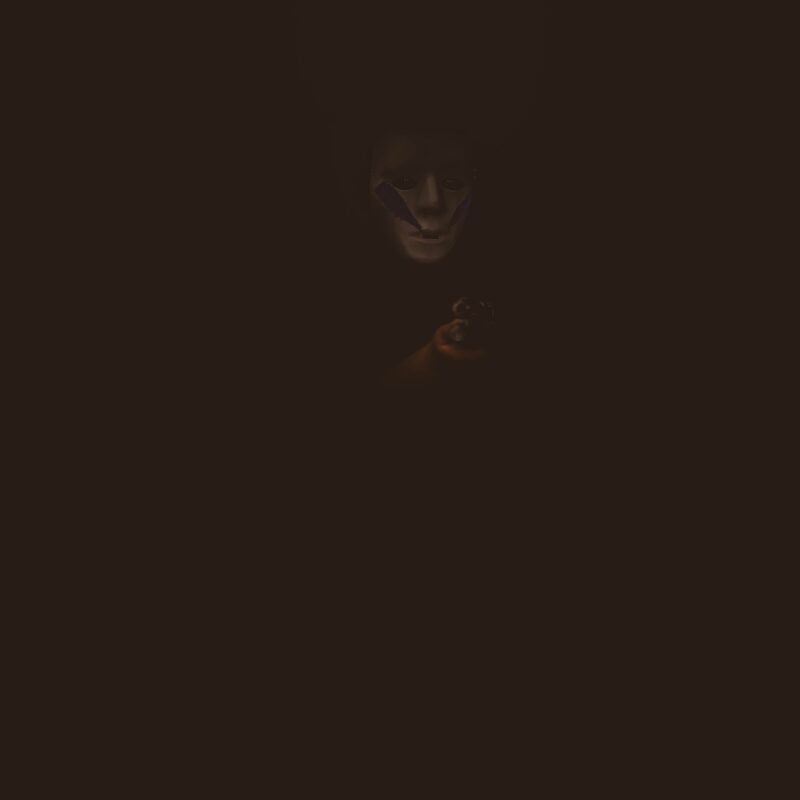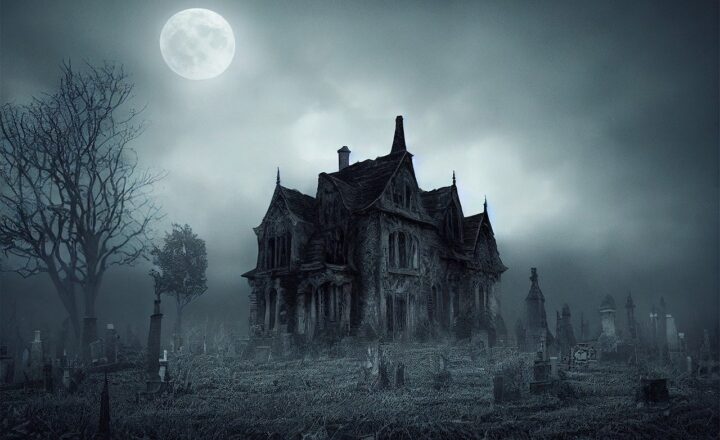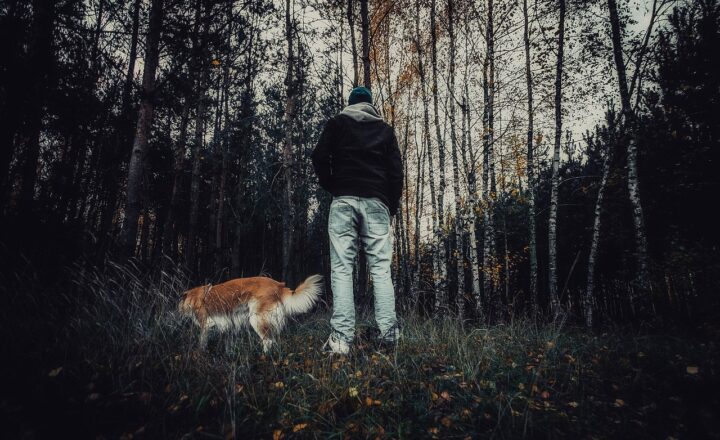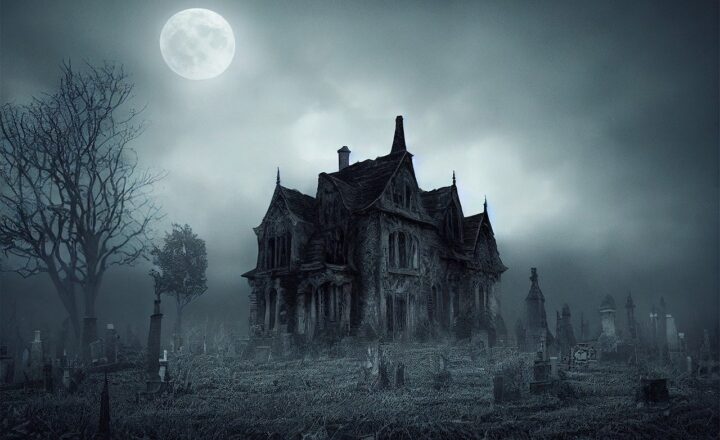The Horror Movies That Blended Comedy and Fear to Create a New Genre
November 17, 2024

The horror genre has long fascinated audiences with its ability to evoke fear, suspense, and adrenaline. However, there’s a refreshing and unique twist that emerged over the years: the blending of horror and comedy. This exciting genre crossover has produced some of the most entertaining and innovative films, captivating audiences and defying the conventional expectations of horror cinema. In this article, we’ll explore the evolution of horror-comedy, its key themes, exemplary films, and the impact it has had on both genres.
1. The Roots of Horror-Comedy
The fusion of humor and horror can be traced back to the early days of cinema, with silent films utilizing slapstick comedy amidst horror themes. Even classic monster movies incorporated light-hearted elements.
For instance, in the 1930s, Universal Studios’ film “The Old Dark House” directed by James Whale showcased eccentric characters and comedic elements that kept the audience entertained even in tense scenarios.
As the years progressed, horror-comedy gained traction, paving the way for new films that skillfully balanced fear and laughter. This genre crossover allowed filmmakers to develop stories that not only scared audiences but also provided them relief through humor.
2. Key Themes in Horror-Comedy
Horror-comedy films often incorporate several recurring themes, including:
- Subverting Tropes: They humorously rip apart and satirize familiar horror tropes, turning common expectations upside down.
- Contrast of Tension and Release: The juxtaposition of terrifying moments followed by comedic relief enhances both emotional experiences.
- Characterization: Horrific scenarios are often accompanied by relatable characters whose quirky personalities draw laughter, even when facing danger.
- Social Commentary: Many horror-comedies make astute observations about societal norms, stereotypes, or fears, using humor to explore deeper themes.
These themes add layers to the storytelling and invite audiences to explore the human condition while navigating fear and laughter.
3. Iconic Horror-Comedy Films
To delve into the horror-comedy genre, many films exemplify the innovative blend of humor and horror:
a. “Shaun of the Dead” (2004)
Directed by Edgar Wright, this British film pays homage to classic zombie films while embedding clever humor. The story follows Shaun, who, amidst a zombie apocalypse, attempts to win back his ex-girlfriend and gather friends. The interactions and deadpan humor are perfectly timed, providing suspenseful moments juxtaposed with laugh-out-loud comedy.
b. “What We Do in the Shadows” (2014)
This mockumentary, directed by Jemaine Clement and Taika Waititi, follows a group of vampire roommates navigating modern life. It blends traditional vampire lore with absurd humor, showcasing the vampires’ mundane day-to-day activities while facing modern dilemmas. The film brilliantly blurs the lines of horror and comedy, resulting in a cult classic.
c. “Evil Dead II” (1987)
Sam Raimi’s “Evil Dead II” is considered a benchmark in horror-comedy. Cranial contorted horror elements are balanced by Bruce Campbell’s physical comedy and clever one-liners. The film amps the intensity with grotesque humor, and its unique style laid the foundation for subsequent horror-comedies.
d. “Cabin in the Woods” (2011)
This meta-horror film, co-written by Drew Goddard and Joss Whedon, dissects horror conventions through a satirical lens. It plays with genre tropes, taking familiar archetypes and placing them in an unsettling environment. Its witty commentary and shocking plot twists inject humor into terrifying sequences.
4. The Influence of Horror-Comedy on Mainstream Cinema
As horror-comedy continues to impact genres beyond its realm, its unique approach to storytelling has inspired filmmakers across multiple platforms. The successful blending of humor and fear has reshaped expectations, leading audiences to seek similar narratives in other films.
Furthermore, this genre attracts diverse age groups, contributing to its success. Family-friendly horror-comedy such as “Hocus Pocus” (1993) has generated sequels and a loyal following, showcasing the genre’s growth potential. The brilliance of combining two genres invites innovative storytelling approaches and broadens audience appeal.
5. The Future of Horror-Comedy
As creativity continues to evolve, horror-comedy remains a fertile ground for filmmakers to explore. With the growth of streaming platforms, indie films, and international cinema, diverse voices and unique perspectives are set to redefine traditional horror-comedy.
Emerging filmmakers are increasingly experimenting with form, combining horror-comedy with other genres—romance, sci-fi, and action—to create fresh narratives that engage and entertain. As audiences develop new media consumption preferences, horror-comedy’s ability to adapt will ensure its continued relevance in the ever-changing landscape of film.
Conclusion
Horror-comedy is a remarkable genre that showcases the complexity of human emotion; it juxtaposes fear with laughter, allowing audiences to confront their fears while enjoying light-hearted moments. This unique blend has produced memorable films that resonate across generations. The enduring appeal of horror-comedy lies in its ability to engage viewers and challenge conventional norms.
As we look to the future, the potential for horror-comedy remains endlessly exciting. It has shaped cinematic expectations and continues to inspire filmmakers to create engaging and fun narratives. So, whether you are revisiting classic films or eagerly anticipating new releases, one thing remains clear: the blend of comedy and fear is here to stay—captivating us with both terror and laughter.







